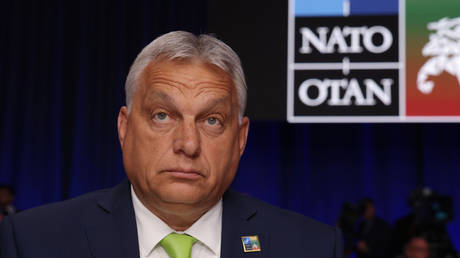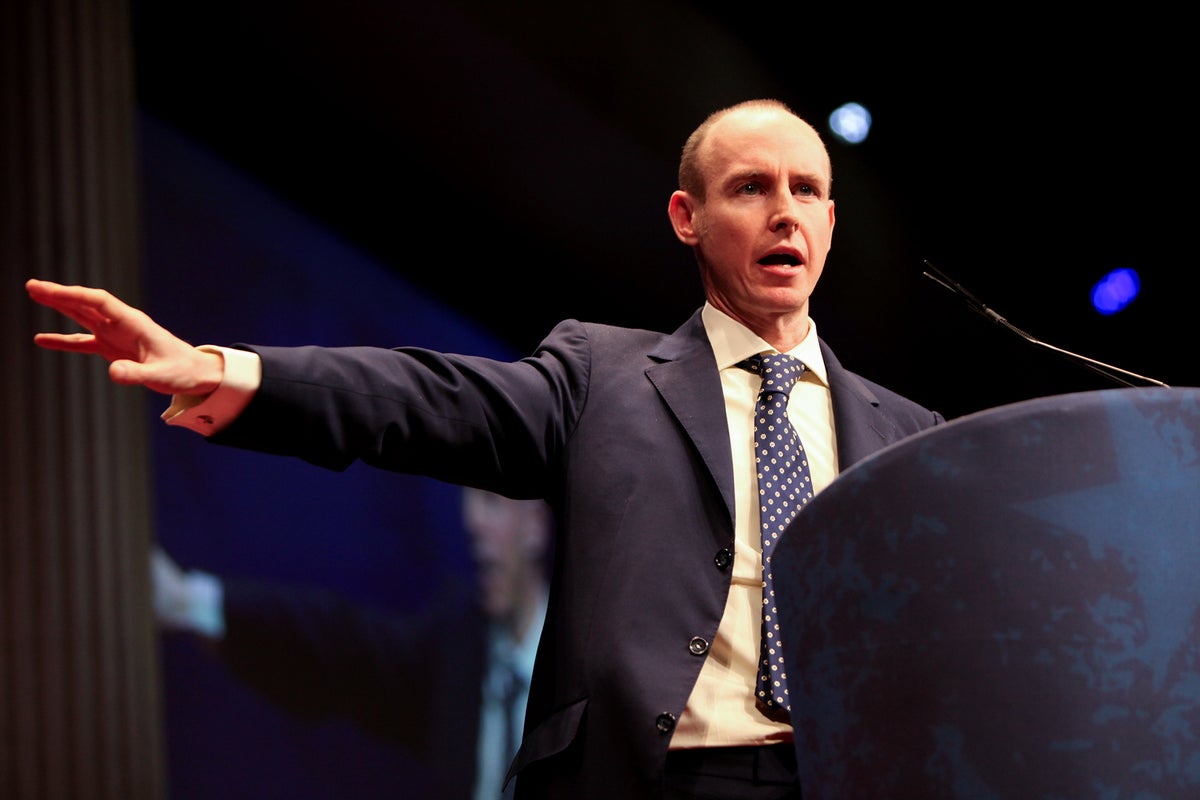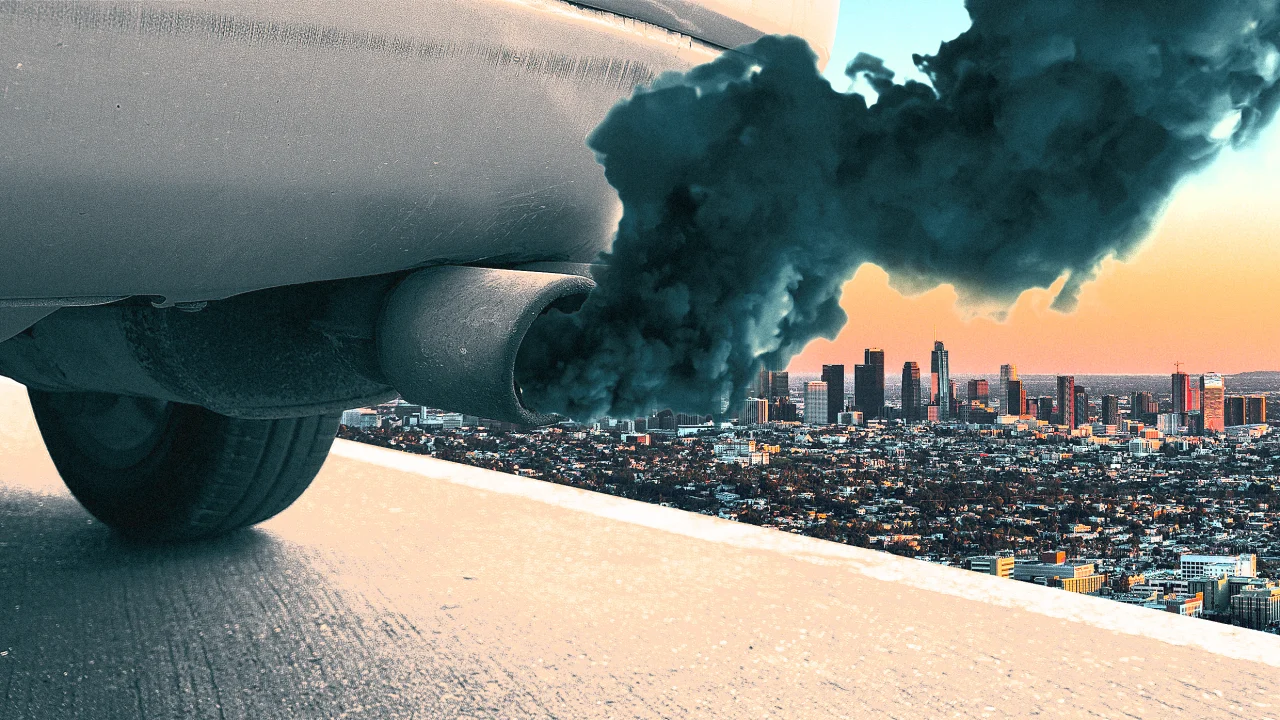How to create a workplace where changemakers thrive
Innovation doesn’t happen in silos: it happens in systems. And yet many companies still rely on lone heroes to ignite transformation.
They recruit visionary thinkers, celebrate bold ideas, and preach agility, but beneath the surface, their structures reward predictability and punish deviation. As a result, the very people most capable of driving innovation—fast-moving, future-oriented changemakers known as catalysts—are often left isolated, misunderstood, and burned out.
Catalysts ignite possibilities. They challenge the status quo, connect seemingly unrelated dots, and accelerate momentum. But they don’t thrive in traditional organizational ecosystems because they threaten bureaucracy, resist incrementalism, and without support, they either burn out or leave.
According to Gallup, just 21% of employees strongly agree that they can take risks at work without fear of negative consequences. As Shannon Lucas and Tracey Lovejoy explain in their book Move Fast. Break Shit. Burn Out., these workers often struggle with intense isolation and exhaustion not because they aren’t capable, but because the system isn’t designed for them to succeed.
To unlock sustainable innovation, organizations must evolve from celebrating individual disruptors to cultivating ecosystems where diverse changemakers—catalysts, stabilizers, implementers—can thrive together. This isn’t a culture tweak. It’s a systems redesign.
The 4 Layers of a Catalyst Ecosystem
Shannon and I have seen how catalytic energy can drive exponential growth if the right conditions exist. This framework outlines the four interdependent layers that support thriving catalyst ecosystems.
1. Identification: Spot the Sparks
Catalysts don’t always stand out on paper. They’re often the ones asking provocative questions in meetings, proposing ideas that seem off-script, or moving faster than the rest of the system. But without intentional practices, these traits can be seen as disruptive rather than visionary.
To find them, leaders must look beyond the org chart. Psychometric assessments, cross-functional feedback, and structured self-discovery tools can help you to illuminate hidden change agents at every level in your organization. You can also train managers to spot curiosity, systems thinking, and pattern recognition.
In her work with large organizations, Shannon uses her company’s Catalyst Assessment Tool to uncover innate changemakers hidden throughout the business. This often-overlooked talent is frequently underutilized. At one company, 60% of the employees identified as catalysts were previously considered “hidden talent” by the C-suite—and they went on to solve some of the organization’s most pressing challenges.
2. Integration: Design for Complementarity
Once identified, catalysts need more than autonomy. They need meaningful integration with the broader system. Pairing them with stabilizers (who bring operational excellence) and implementers (who drive execution) creates cross-functional “change pods” that balance energy, tempo, and sustainability.
In my work facilitating story-based leadership circles, catalysts often emerge through narratives of disruption, such as career pivots, reinventions, and vision quests. However, their breakthroughs become organizational breakthroughs only when they are translated into a shared purpose.
This requires redesigned team norms: tempo-matching, structured conflict mediation, and deep respect for different working styles. Catalysts are the spark, but the team is the engine—and the organization is the road they need to travel together.
3. Protection: Shield the Flame
A large amount of pressure to innovate without adequate support is a recipe for burnout. According to Deloitte, innovation-driven employees are 2.5x more likely to leave if they lack proper support systems. Catalysts in particular are prone to emotional exhaustion, especially when their efforts are blocked by bureaucracy or misunderstood by leadership.
Organizations must build containers that buffer catalytic energy. This means establishing sponsorship structures, recovery protocols (such as off-cycle sabbaticals or reflective retreats), and psychological safety as a norm. This could include internal coaching circles, energy mapping, or check-in rituals that normalize emotional processing. Investing in resilience practices isn’t a perk; it’s a prerequisite for sustainable change.
4. Amplification: Scale the Spark
Catalysts can’t just be unleashed; they must be amplified.
Invite them to inform strategic offsites, facilitate internal labs, or lead cross-functional storytelling initiatives. Establish formal channels, like “Catalyst Councils,” to elevate their insights into enterprise-level planning. Codify what they learn. Translate their experiments into onboarding content and playbooks. Make space for them to coach emerging catalysts in the system. When you treat catalysts not as rogue actors but as cultural accelerants, their energy becomes contagious.
In a Catalyst program with a large healthcare organization, Shannon worked with the team to identify, train, and activate catalysts from across the business. The program participants were given the most pressing strategic initiatives to tackle. In just 16 weeks, the Catalyst participants helped the company reduce reimbursement times from eight weeks to just two days, a 96% improvement, driving significant gains in both customer and employee satisfaction. Additionally, the organization reported a 24% improvement in change leadership capabilities across the enterprise. This is the power you can unleash and amplify by engaging your catalysts.
Innovation isn’t a solo act; it’s an emergent phenomenon. It happens when diverse roles, energies, and mindsets interact in the right environment. That means building systems that reward exploration, reframe conflict, and move ideas from the margins to the center.
The future won’t be led by lone geniuses. It will be shaped by ecosystems that can accommodate differences, adapt rapidly, and nurture catalytic energy over the long arc of change. Don’t wait for a crisis to value your changemakers: Design for them now, and your organization won’t just survive change—it will shape it. The next time someone in your organization brings an idea that feels risky or “too soon,” pause before you dismiss it. Ask: What if this is the spark we’ve been waiting for, and how might we build the right conditions to let it burn bright?
What's Your Reaction?
 Like
0
Like
0
 Dislike
0
Dislike
0
 Love
0
Love
0
 Funny
0
Funny
0
 Angry
0
Angry
0
 Sad
0
Sad
0
 Wow
0
Wow
0





























































































